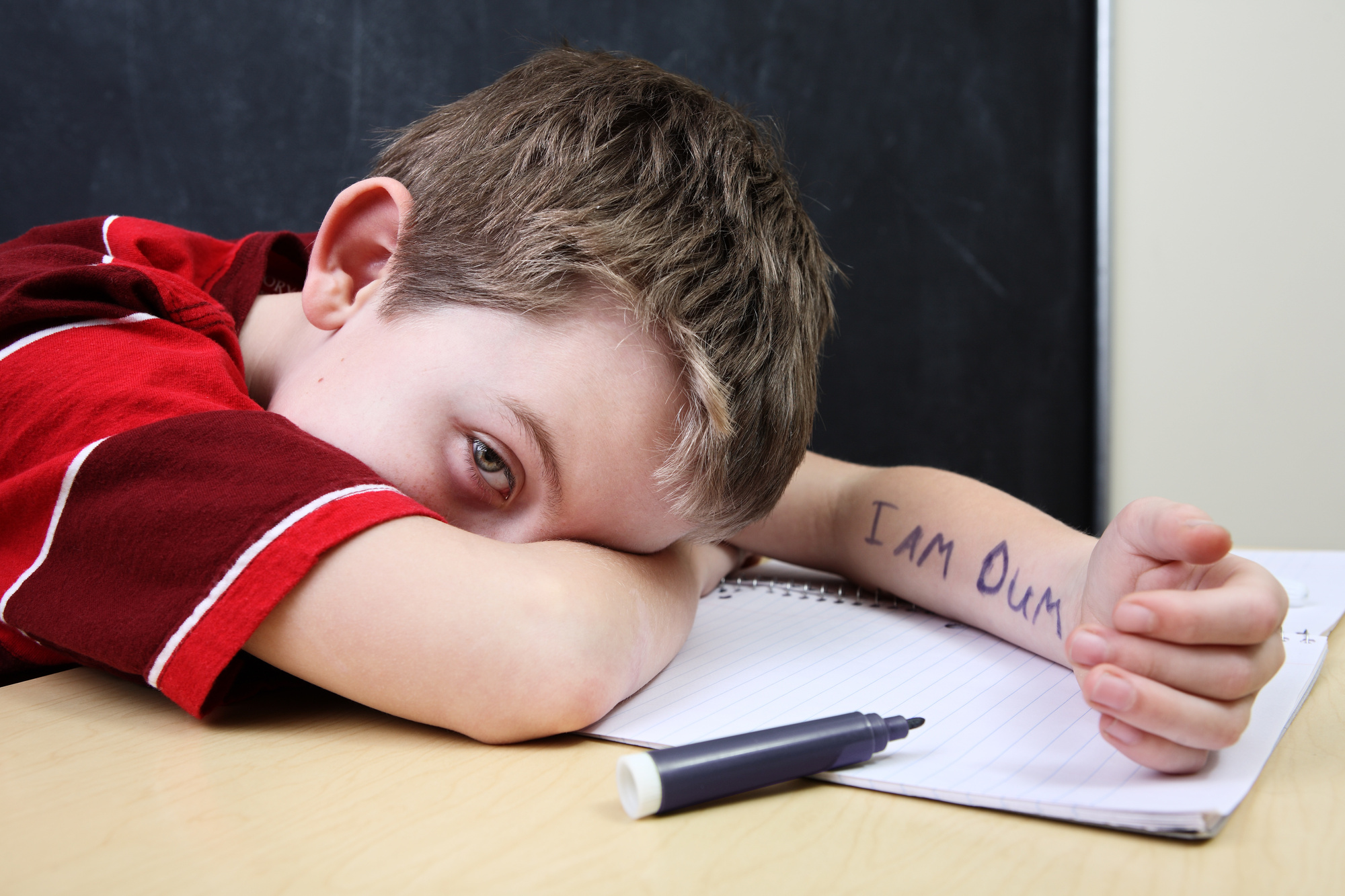The Benefits of Yoga for Confidence and Self-Esteem
When you look at social media and magazine covers, it’s hard not to feel bad about yourself. We constantly get told that we aren’t thin enough, thick enough, or good enough.
Combatting these messages takes strength and immense self-esteem. How can you build your self-esteem and become more confident?
One of the best ways to increase confidence is by practicing yoga. Yoga benefits your mind, body, and spirit and it elevates self-worth. To learn how you can use yoga for confidence, keep reading.
1. It’s Self-Soothing
Those moments of self-doubt and low self-esteem are hard on our souls. We often feel unstable, unhappy, and in distress.
One of the best purposes for yoga is to self-soothe.
Self-soothing is the practice of calming the mind and allowing your heart to heal. It’s about allowing yourself grace and patience to pause your emotions. When you self-soothe, you pause those negative feelings and start to think clearer.
The most powerful self-soothing yoga position is Child’s Pose. In this pose, you kneel on the ground and sit back on your heels. Your big toes should be touching, and your knees should be hip-width apart.
Fold forward and stretch your palms as far as you can in front of you. With your palms facing the floor, relax your neck and torso between your knees. Breathe deeply and slowly as you sink into the ground.
As you practice Child’s Pose, imagine the space between your torso and the ground as “safe space”. There’s no judgment and no negativity allowed. You are safe to look objectively at yourself and see the value within.
2. Learn to Slow Down
Have you ever noticed how fast those feelings of self-judgment appear? You’ll be scrolling through your feed, see an image, and feel inferior. Sometimes it’s subconscious, other times it’s at the forefront of your mind.
Yoga for confidence and self-esteem is about slowing down those impulsive thoughts.
Although your first thoughts may be negative, deep down you know they’re not true. You need to learn to create time and space between those thoughts so you can decide how you want to feel. Your first response emotions come from a place of fear, not self-esteem.
One position that trains you to slow down is Crow Pose. This pose can seem scary and unattainable at first. But, after lots of practice and patience, you can do it.
By starting with the foundational steps, you break the pose down. You start small and at the beginning. Slowly, you accomplish harder and harder steps until you’re upside down in Crow Pose.
3. See Beauty in Uniqueness
There’s one message that almost every yoga teacher will want you to hear: it’s okay to be different. It’s okay to love yourself and embrace your uniqueness.
Many first-time yogis feel intimidated by the more advanced students in their class. But, your practice isn’t about what others are doing. Keep your eyes on your own mat because this is about you.
Yoga teaches you that your body is beautiful and capable. It’s been on a completely unique and individual journey to bring you to the mat today. What makes you different makes you worthy and beautiful.
If you’re using yoga for confidence, focus on turning your practice inward. It’s not about anyone else in the room.
4. Find a Supportive Community
One of the best parts of joining a yoga class is the community you become a part of. The people in your class have all discovered how uplifting and life-giving yoga is. You’re surrounded by people who “get it”.
Yoga teaches you to see the beauty in others as well as in yourself. In a world where our first impressions are judgmental, retraining that pattern is hard. But, consistent yoga will help you see the positive before the negative.
Even if you choose to practice yoga by yourself, the community online is strong. There are always fellow yogis happy to encourage, empower, and support you.
5. It Builds Self-Respect
Do you have trouble treating yourself well because you feel that you don’t deserve it? You’re not alone. Low-self esteem has a wicked way of preventing us from doing things that will bring joy.
Practicing yoga can be your first step to acceptance and self-love.
Your first few sessions may be basic and easy to do. You’ll likely do poses like Tree Pose, Pigeon Pose, and Warrior II. But, as you continue to practice, your skills will increase.
Seeing the growth in your practice is exciting. It proves that you can do awesome things. And, that you deserve to feel good.
Set a goal for your yoga practice. One day, you’ll be able to do a pose that you can’t right now. Working towards accomplishing it will build self-esteem and self-respect.
6. Learn Mindfulness
How many times have you tried to meditate and then given up? If you’re like most people, the answer is lots. Sometimes, we try to meditate when the results we desire can come from being mindful.
Mindfulness is the ability to be self-aware and in the present.
Low self-esteem often forces us to stay in the past. We dwell on things we’ve done wrong or how we looked at a recent social event.
Practicing yoga encourages you to also practice mindfulness. You don’t have to sit cross-legged and repeat the “om” sound. All you have to do is go through your yoga flow and focus on how each part of your body feels.
Being mindful of how you feel in the moment removes the stress you feel about the past. You are not your past; you are the present. And, in this moment, you feel great because you are great.
Interested in Learning More About Yoga for Confidence?
You don’t have to succumb to living with low self-esteem forever. Through different exercises, you can build your confidence and live a fulfilling life.
When doing yoga for confidence, focus on your own personal journey. Embrace the support you receive from the community. Remember that you deserve to feel good.
For more information on building your self-esteem and improving your confidence, check out the blog.


